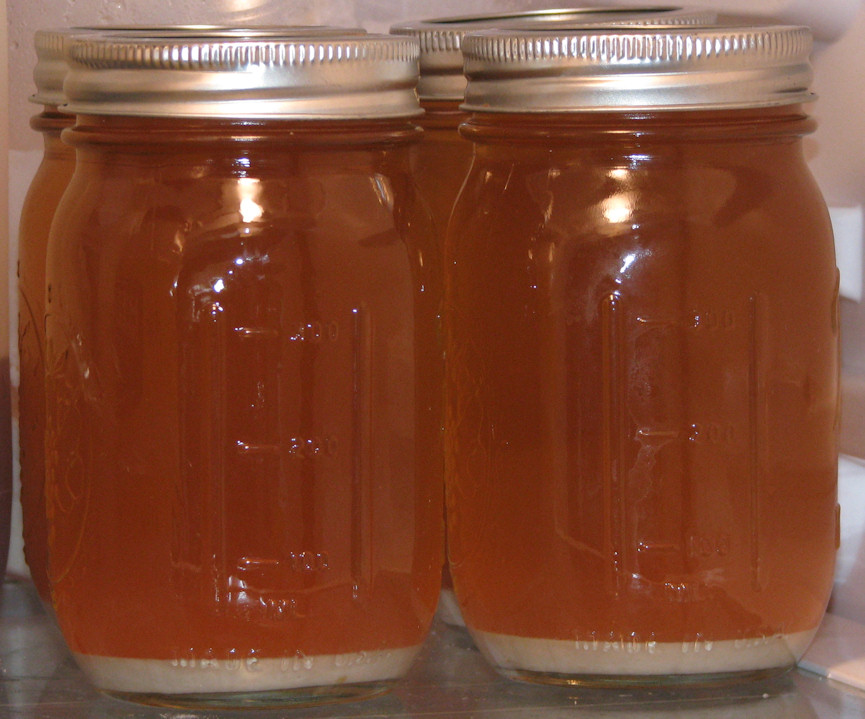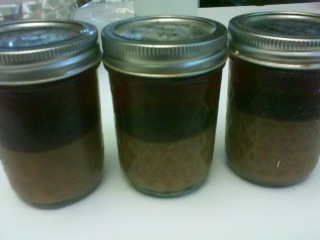Question for everyone...I washed some 1098 brit ale back in September. I had 3 or 4 jars left; most of them looked like the pictures here with a layer of yeast on the bottom. However one of them seems to have gone bad. When I opened it it had a bit of a smell (not terrible though), was darker in color and had turned into a solid gelatinous mass that resembled the inside of an aero chocolate bar with all of the air pockets in it.
Can I assume that this jar got infected with something?
Can I assume that this jar got infected with something?







